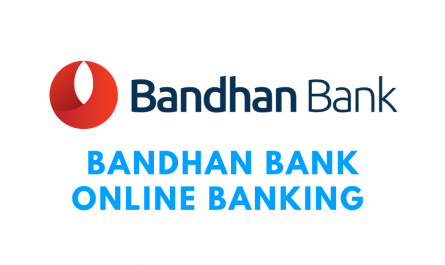Bankruptcy is a legal proceeding in which a person or company cannot repay its outstanding debts. The bankruptcy process begins with a petition filed either by the debtor, the most common or by creditors, which is less common. All of the debtor’s assets are measured and evaluated, and some of the assets may be used to repay some of the outstanding debt.
Bankruptcy allows an individual or business to start over by forgiving debts that simply cannot be paid while also allowing creditors to obtain some measure of repayment based on the individual’s or business’s assets available for liquidation. The debtor is relieved of debt obligations incurred before filing for bankruptcy when the bankruptcy proceedings are completed. To know more about what is a patent, click here.
Several chapters of the Bankruptcy Code govern bankruptcy filings in the United States.
Individuals and, in some cases, businesses with few or no assets are more likely to file Chapter 7 bankruptcy. It enables them to get rid of unsecured debts like credit card balances and medical bills. Nonexempt assets, such as family heirlooms, cash, stocks, or bonds, must be liquidated to repay some or all of their unsecured debts.
Businesses frequently file Chapter 11 bankruptcy to reorganise, stay in business, and become profitable again. Filing for Chapter 11 bankruptcy allows companies to develop profit-oriented strategies, cut costs, and increase revenue.
Individuals who earn too much to be eligible for Chapter 7 bankruptcy may file under Chapter 13, also known as a wage earner’s plan. It enables individuals to create workable debt repayment plans and businesses with consistent income. Repayment plans are typically structured in incstalments over a three- to five-year period.
Municipalities in financial distress, such as cities, towns, villages, counties, and school districts, can file for Chapter 9 bankruptcy. Chapter 10 bankruptcy, which was effectively phased out in 1978, was a type of corporate bankruptcy that has since been supplanted by Chapter 11.
Family farms and fisheries benefit from Chapter 12 bankruptcy. They are permitted to continue operating their businesses while devising a plan to repay their debts. 9
In 2005, Chapter 15 bankruptcy was added to the law to deal with cross-border cases involving debtors, assets, creditors, and other parties who may be located in more than one country.
Being Discharged from Bankruptcy
When a debtor receives a discharge order, they are no longer legally obligated to pay the debts listed in the order. Furthermore, any creditor listed on-demand cannot honestly engage in collection activity (such as making phone calls or sending letters) against the debtor once the discharge order is in effect. However, not all debts are eligible for discharge.
Depending on the type of bankruptcy petition you file, declaring bankruptcy can help relieve you of your legal obligation to pay your debts and save your home, business, or ability to function financially. However, it can lower your credit score, making it more challenging to obtain a loan, mortgage, credit card, purchase a home or business or rent an apartment. Click here to know what is KFC franchise cost in India.
